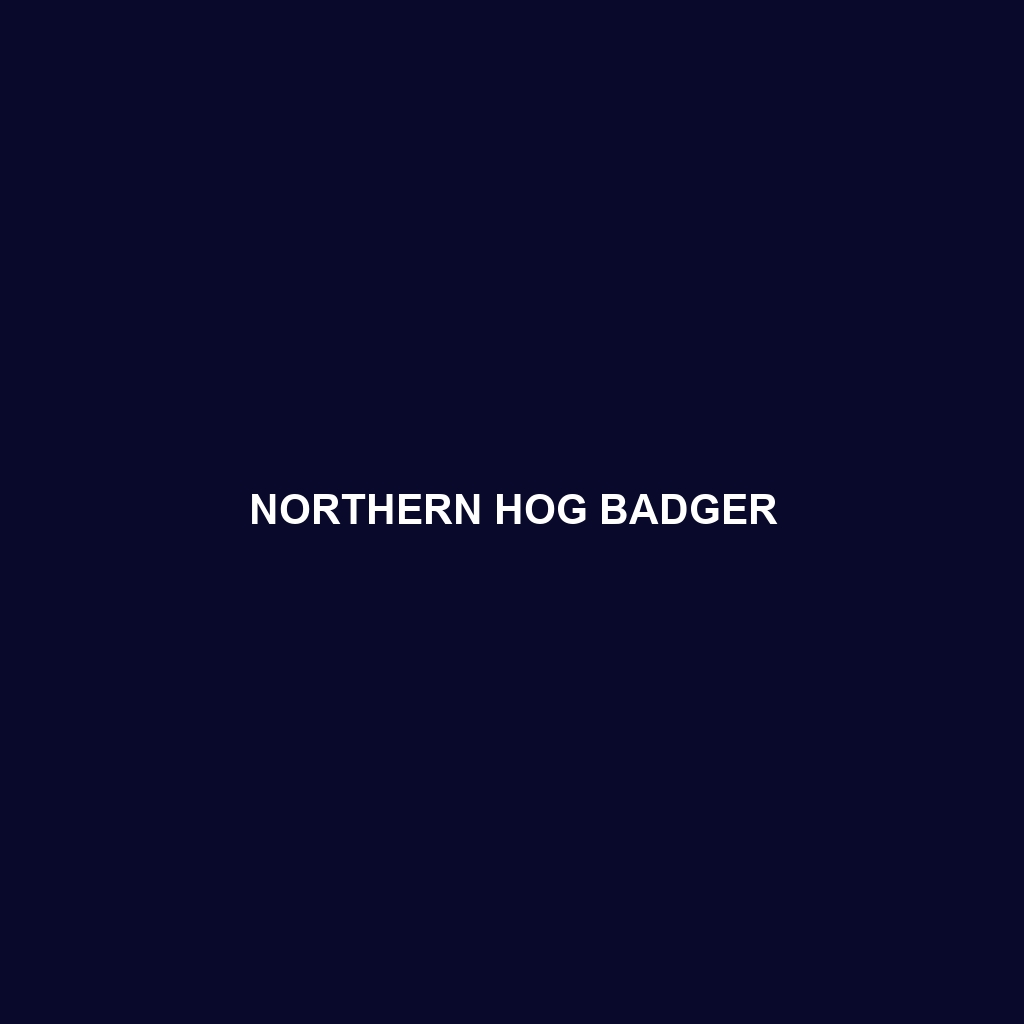Giant Otter: Species Description
Common Name: Giant Otter
Scientific Name: Pteronura brasiliensis
Habitat: The Giant Otter is primarily found in the freshwater rivers, lakes, and wetlands of South America. Its range includes countries such as Brazil, Peru, Colombia, Venezuela, and Bolivia, where they prefer areas with abundant fish and ample vegetation. These environments typically feature dense riverine forests and aquatic plant life, providing both shelter and food for this remarkable species.
Physical Characteristics: The Giant Otter is the largest otter species, growing up to 6 feet (1.8 meters) in length and weighing between 50 to 100 pounds (22 to 45 kilograms). They have a streamlined body covered in thick, waterproof fur, which is usually dark brown with a lighter, creamy underside. Distinctive features include their long, muscular tails for swimming, sharp claws for catching fish, and their expressive faces, often displaying notable whiskers and large eyes that facilitate vision in murky waters.
Behavior: Giant Otters are known for their social nature, often living in groups called “rafts” that can include up to 20 individuals. They are highly vocal animals, communicating through a range of sounds such as growls, whistles, and barks. These otters are primarily diurnal, engaging in various activities throughout the day, including hunting, playing, and grooming. Their playful behavior not only strengthens social bonds within the group but also aids in their physical fitness for hunting in aquatic environments.
Diet: The diet of the Giant Otter consists mainly of fish, with a preference for species such as catfish and piranhas, as well as crustaceans and small mammals. They are skilled hunters, often employing cooperative tactics within their groups to catch prey. Their feeding habits are critical in maintaining the balance of aquatic ecosystems, as they help control fish populations and promote biodiversity.
Reproduction: Giant Otters typically breed year-round, although peak mating seasons can vary based on location. After a gestation period of around 65 to 70 days, a female gives birth to a litter of one to five pups. The young otters are born blind and depend on their mothers for nourishment and protection. Parental care is extensive, with both parents often participating in raising the offspring, teaching them essential survival skills such as hunting and swimming.
Conservation Status: The Giant Otter is currently classified as ‘Endangered’ by the International Union for Conservation of Nature (IUCN). Habitat destruction, hunting, and pollution are the primary threats to their survival. Conservation efforts are underway in various countries to protect their habitats and ensure the continued survival of this unique species.
Interesting Facts: The Giant Otter is often referred to as the “river wolf” due to its impressive size and hunting prowess. Unlike many other otter species, they are known to be particularly territorial, and they mark their territory with scent markings. Additionally, the Giant Otter is a keystone species, significantly influencing the health of their aquatic habitats.
Role in Ecosystem: The Giant Otter plays a crucial role in its ecosystem by serving as a predator and helping to regulate fish populations. Their presence indicates a healthy environment, as they thrive in clean, well-oxygenated waters. By maintaining the balance of their habitats, they contribute to the overall health and biodiversity of the riverine ecosystems where they reside.
